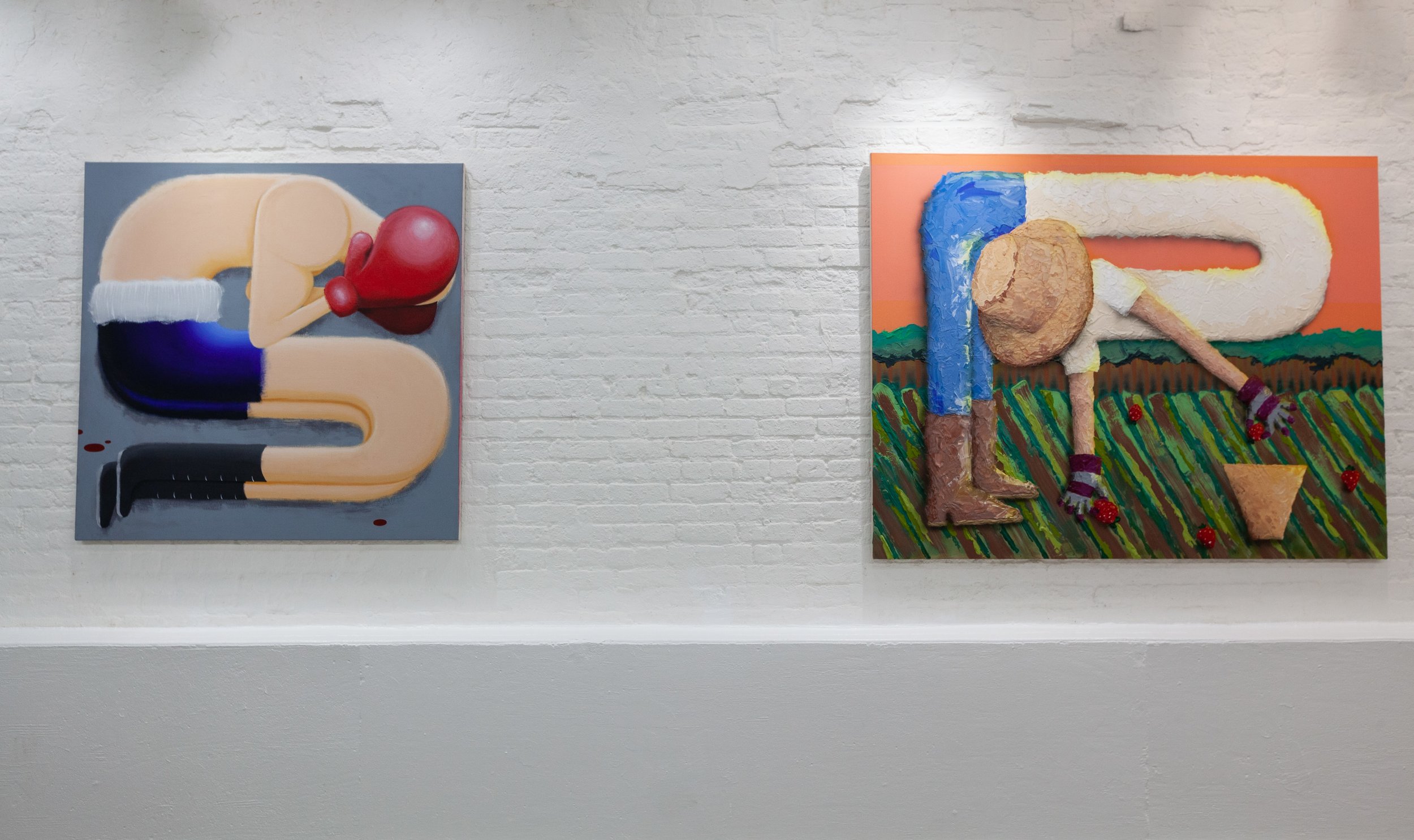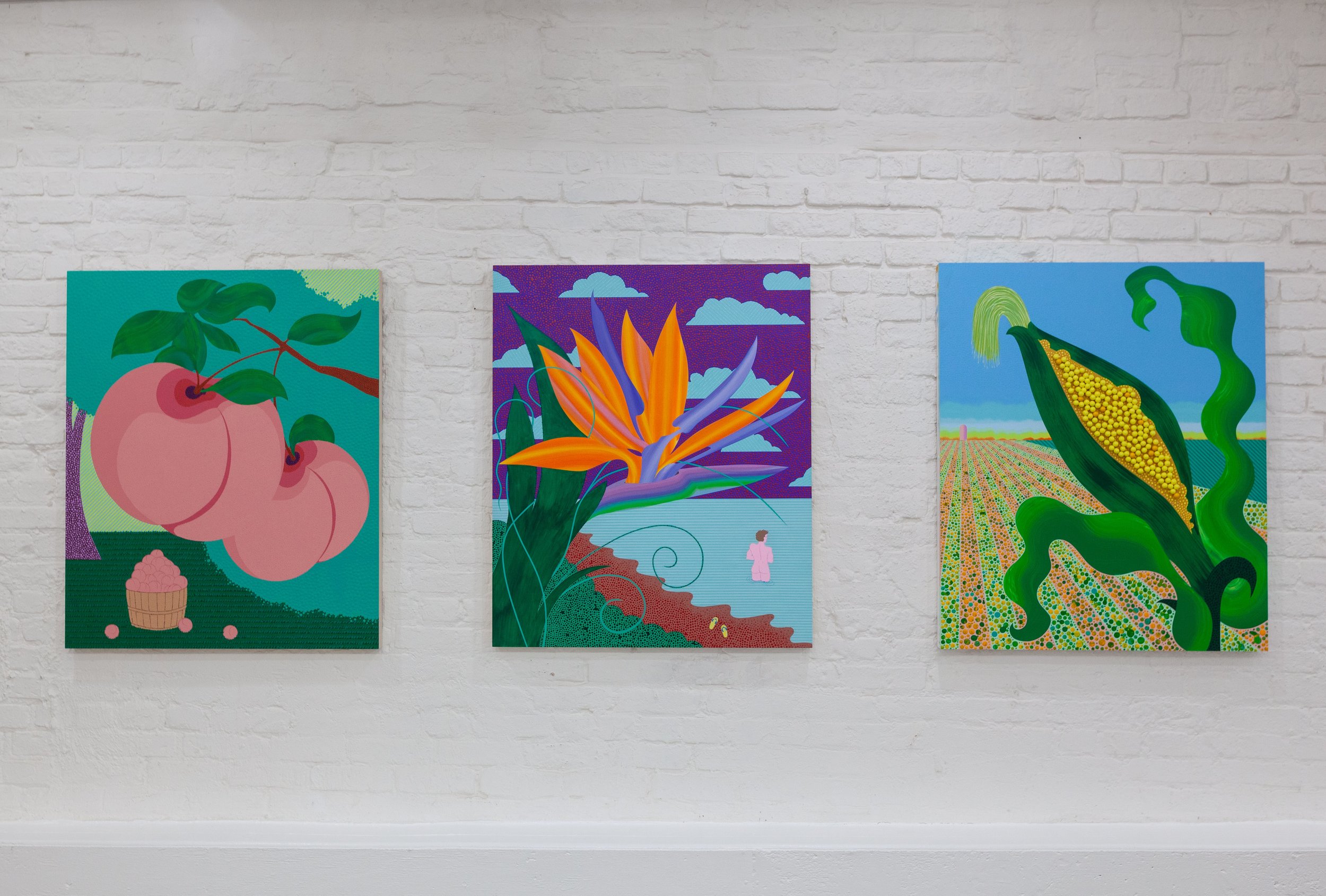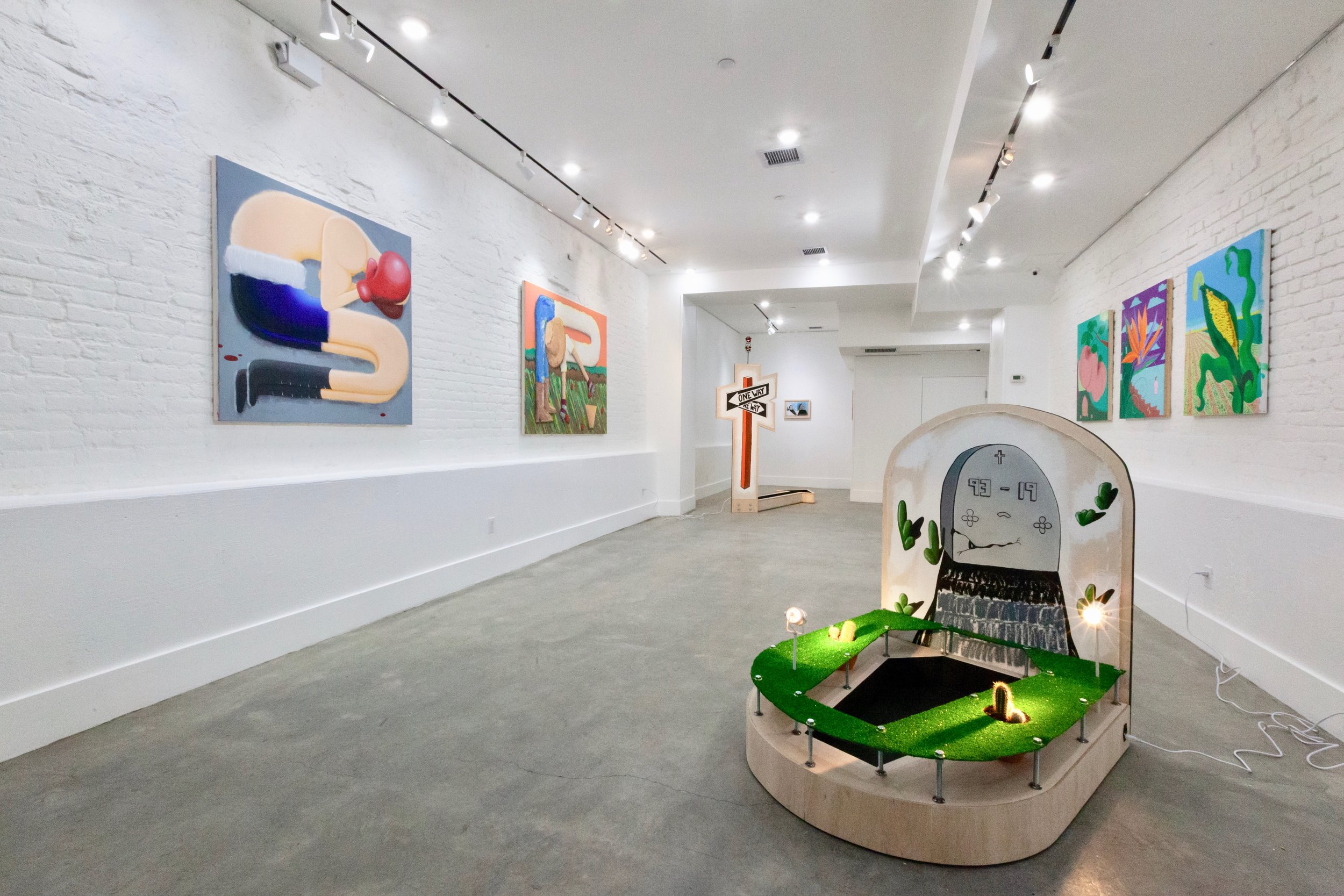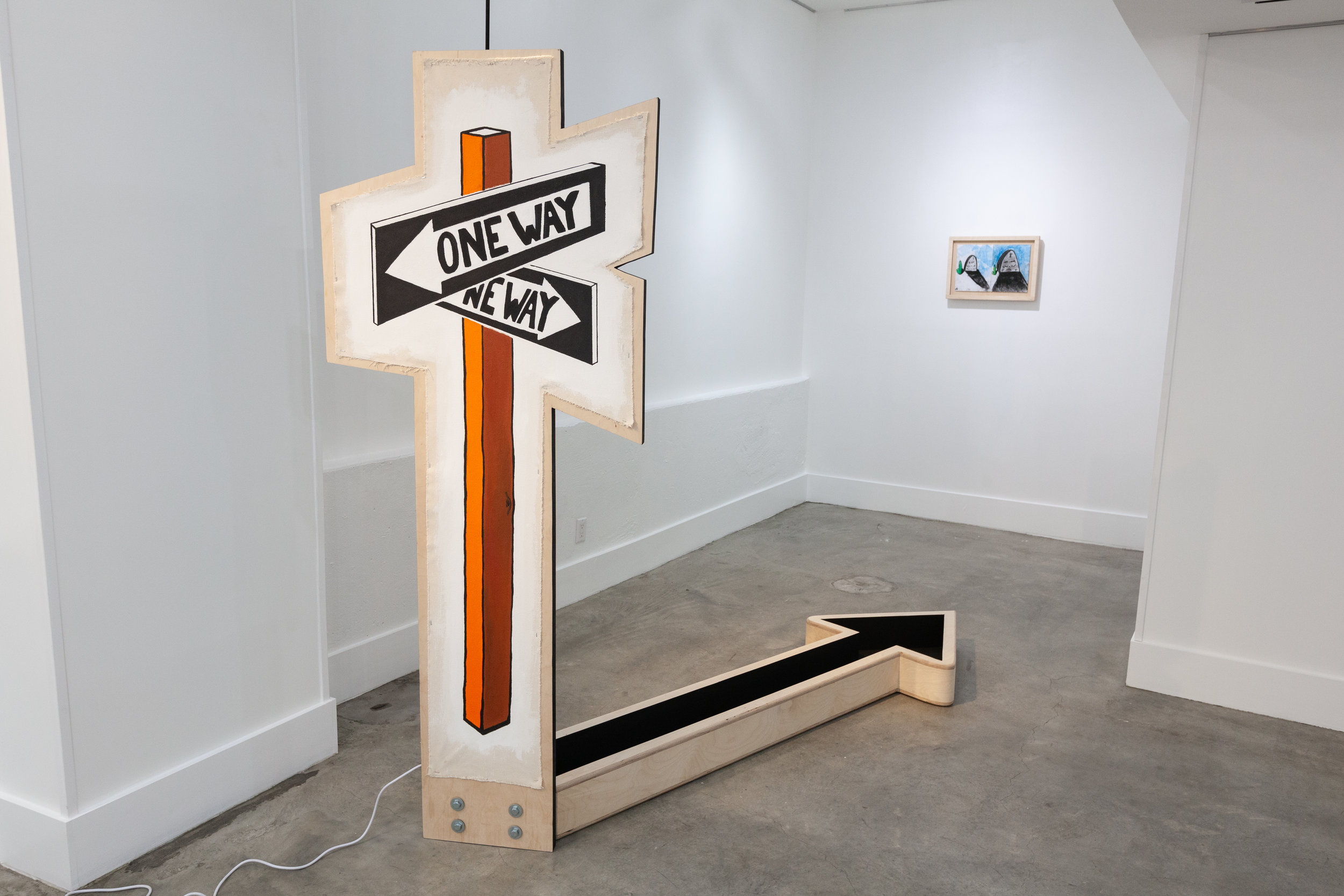A Mundane Muse
April 26 - June 16, 2019
New York, NY - NonFinito Gallery is pleased to present ‘A Mundane Muse’ - a group exhibition curated by Maria Vogel. The exhibition features new work by artists William Burnside Bolton, Neil Hamamoto, Eric Hibit, and Hunter Potter. The artists work across various mediums and techniques but find commonality in their examination of every day imagery. Each artist is interested in both exploring the possibilities that arise when a quotidian image is removed from its learned context as well as the multitude of interpretations that a single image can hold.
In our fast-paced, technologically-driven, and constantly changing world, the works on view refer back to simpler times with age-old motifs. The artists find excitement in the ordinary moments of daily life and pay tribute to the details that often go unnoticed. They carefully study their subject matter and ideas at play, making a conscious decision to reinterpret aspects of life that we often experience on a subconscious level. Through their work, each artist aims to pull the viewer back into the present moment and into their own understandings of the images and moments depicted. At the same time that the viewer is pulled into the present, they are also invited to experience a shared nostalgia of the past and a visualization for the future.
William Burnside Bolton’s paintings explore territories related to religion, spirituality, memory, and nostalgia. In his work, he seeks to exploit the tension between the thinking mind and a sincere desire for a religious experience. Brought up in a religious Southern household, Bolton’s paintings examine a loss of faith in his learned religion and arriving at a new, self-taught belief system. In his work, Bolton breaks down the perceived hierarchal system that religion teaches, treating each of his subjects with the same respect and importance. He notices the spiritual in everyday life as well as the absurd and the paradoxical. Bolton fuses text on top of imagery to layer in multiple messages that the viewer assigns meaning toward.
Neil Hamamoto’s multi-disciplinary practice examines consumer culture and the ways in which certain systems control our daily movements. Technology, specifically the rapid ascent and speed at which it is growing and overtaking basic human functions, is an investigatory entryway for Hamamoto’s work. Rather than presenting his subjects in a dismal, matter-of-fact way, Hamamoto makes light of the reality, using tongue-and-cheek references in a playful manner. His work is at once examining the past and the future, poising questions to call attention to the crucial moment society presently occupies.
Eric Hibit’s work celebrates the natural world by adorning it with an abundant splendor. From a distance, Hibit’s work may appear straightforward, however, close examination reveals intricate detail and precise mark making. Hibit often adds three-dimensional materials of low-brow quality to glorify the beauty of his subjects. In this way, Hibit begs the viewer to look closely at the individual parts that make up the whole. Drawing inspiration from art forms of the Eastern world, Hibit examines basic elements of the human experience, awarding them a lavish representation. He is interested in showing how changing palette effects composition and mood, using saturated colors to dramatize his subjects and bring attention to the richness of life
Hunter Potter’s paintings tell the stories of human experiences that are often lost in the day-to-day hustle. Potter gives voice to the minutia of life, beckoning viewers to revel in pleasantries that are so easily overlooked today. Using his own upbringing as a jumping off point, Potter pays tribute to the blue collar, hard-working backbone that continues to push our country forward. Potter combines bold, painterly brushstrokes with geometric figures to create tales that take on a life of their own. He blends style, technique, and medium in order for the viewer to slow down and take in the work for all of its separate yet cohesive elements.





